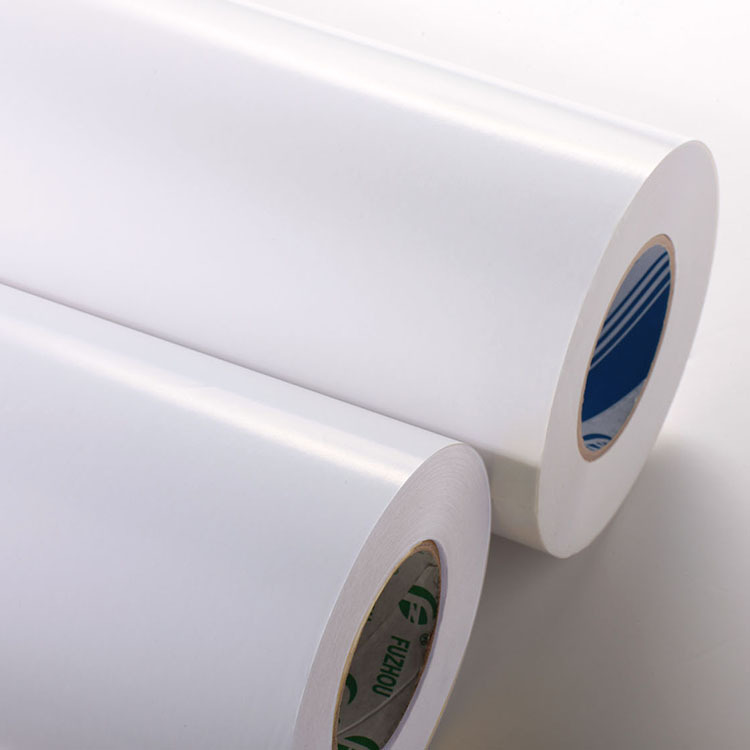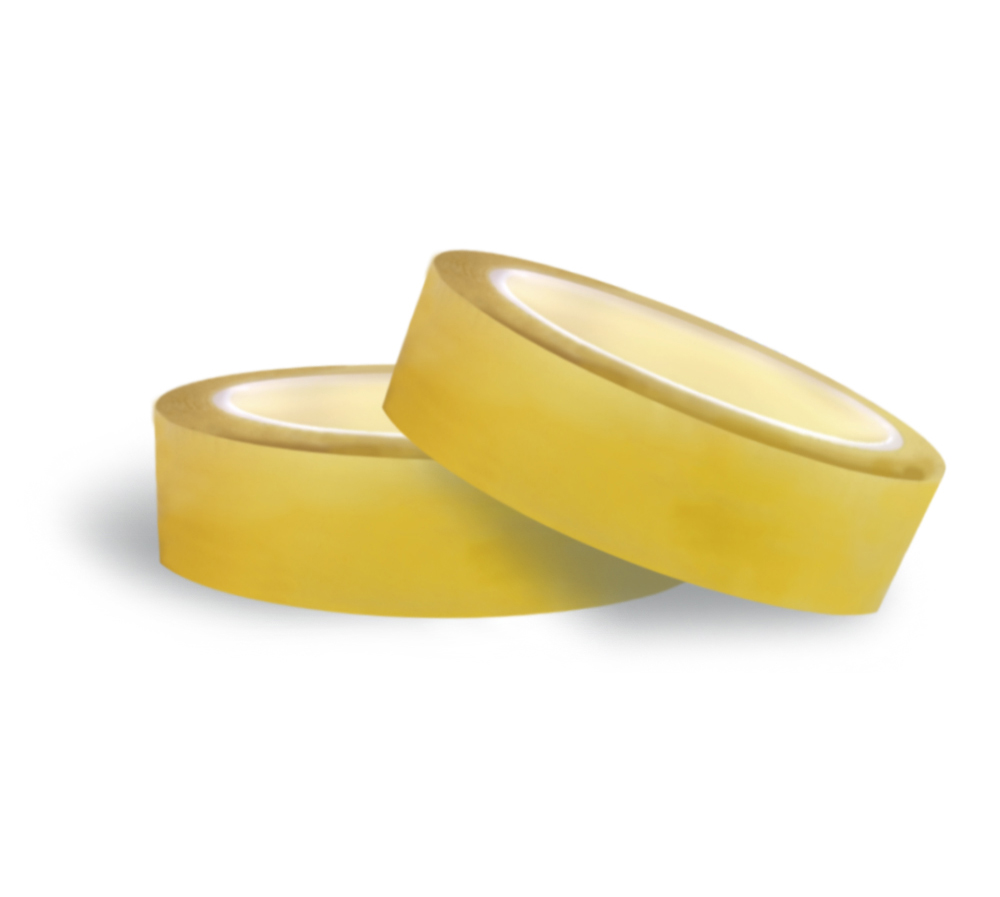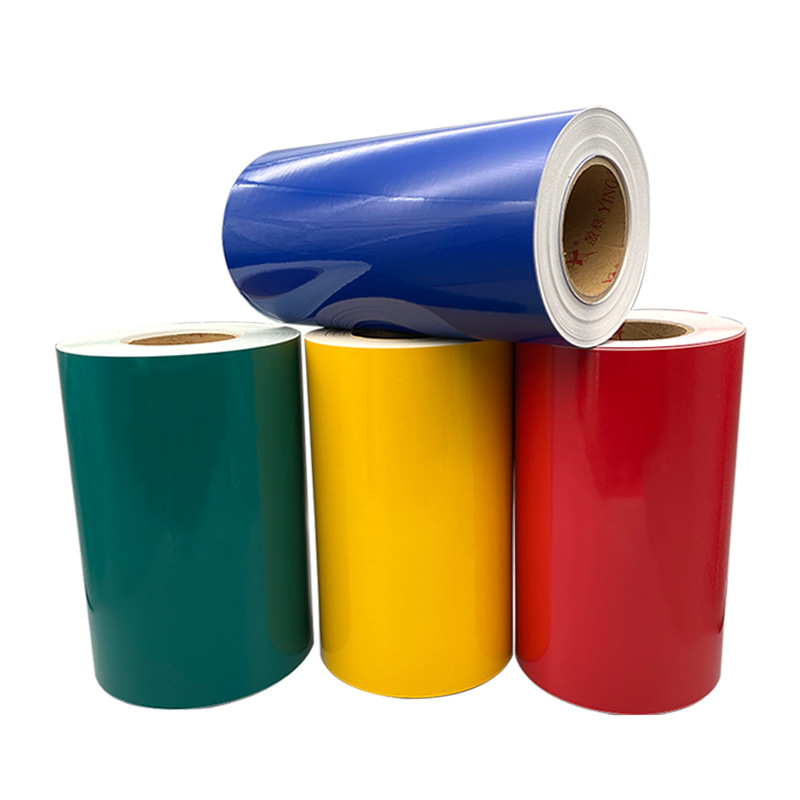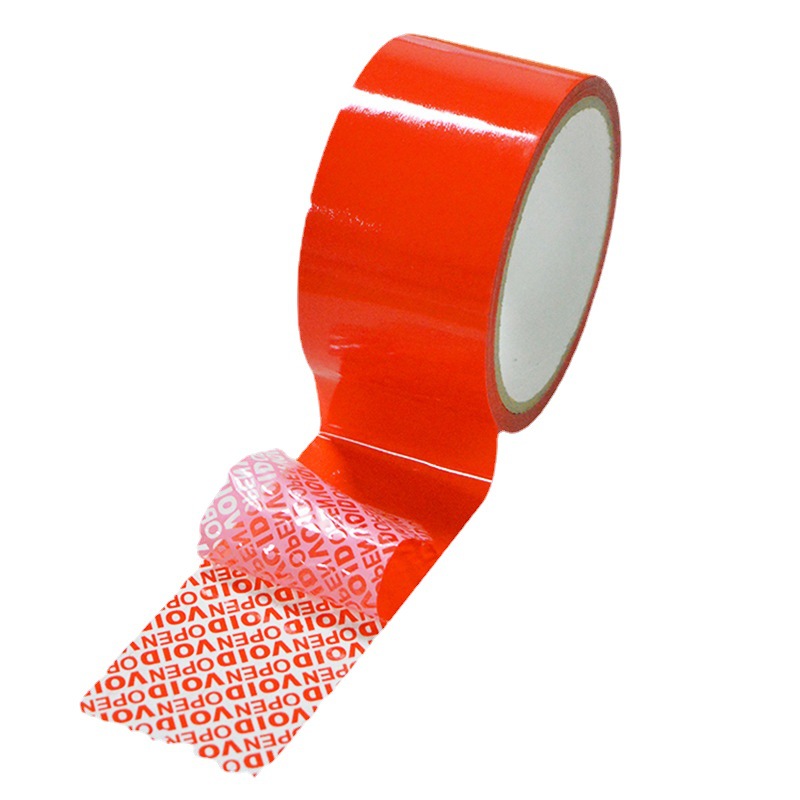Applying High-Temperature Resistant Labels to Circuit Boards
Sticker labels serve a crucial role in the electronics industry, particularly when it comes to circuit boards. In this article, we will delve into the intricacies of applying high-temperature resistant labels to circuit boards. This process is critical in ensuring the integrity and functionality of electronic components in extreme conditions. Let's explore the best practices and considerations for this essential task.
The Importance of High-Temperature Resistance
Electronic devices, such as those utilizing circuit boards, often operate in environments with elevated temperatures. Whether it's automotive applications, aerospace systems, or industrial machinery, these circuit boards must endure extreme heat without compromising their performance. High-temperature resistant labels play a pivotal role in maintaining the legibility and functionality of these boards under challenging conditions.
Materials for High-Temperature Resistant Labels
When it comes to selecting materials for high-temperature resistant labels, certain properties are non-negotiable. Here are some key considerations:
1. Heat-resistant substrates: Labels must be constructed from materials that can withstand high temperatures. Common choices include polyimide, polyester, and ceramic substrates.
2. Adhesive: The adhesive used for these labels should also be heat-resistant and capable of maintaining a strong bond with the circuit board even in extreme conditions. Silicone-based adhesives are a popular choice for this purpose.
3. Inks and printing methods: Select inks that can withstand high temperatures without fading or smudging. Additionally, consider thermal transfer printing methods for better durability.
Label Application Process
Applying high-temperature resistant labels to circuit boards is a meticulous process that requires precision and attention to detail. Follow these steps to ensure a successful application:
1. Surface preparation: Clean the surface of the circuit board thoroughly to remove any contaminants or residue that could hinder label adhesion. Use isopropyl alcohol or a similar cleaning agent for best results.
2. Label placement: Carefully position the label on the circuit board, ensuring it is aligned correctly. Use tools like tweezers to assist in precise placement, especially when dealing with small components or intricate designs.
3. Adhesive activation: Apply pressure evenly across the label to activate the adhesive and create a strong bond with the circuit board surface. Ensure that there are no air bubbles or wrinkles in the label, as these can compromise its heat resistance and adhesion.
4. Curing: Depending on the adhesive used, it may be necessary to cure the label to enhance its heat resistance. Follow the manufacturer's recommendations for curing temperature and duration.
Quality Control and Testing
Ensuring the reliability of high-temperature resistant labels is of paramount importance. Rigorous quality control and testing procedures should be implemented to confirm that the labels will perform as expected in extreme conditions. Some key tests include:
1. Heat resistance test: Subject labeled circuit boards to elevated temperatures to ensure the labels maintain their adhesion and legibility.
2. Chemical resistance test: Verify that the labels can withstand exposure to chemicals that may be present in the operating environment without deteriorating.
3. Durability assessment: Evaluate label durability by simulating conditions that may cause wear and tear over time, such as friction and abrasion.
Conclusion
High-temperature resistant labels are indispensable in the electronics industry, especially for circuit boards operating in harsh conditions. The selection of appropriate materials, meticulous application processes, and stringent quality control measures are key to ensuring the reliability of these labels. By adhering to these best practices, manufacturers can guarantee the continued functionality of electronic components in high-temperature environments.
For more information on high-temperature resistant labels and their applications in the electronics industry, consult with industry experts and suppliers specializing in these critical components.
We offer comprehensive technical support, including free professional labeling solutions, advice on label materials and adhesive selection, as well as online/offline assistance from professional software and hardware engineers. Service email: andy@ownlikes.cn. In pre-sales, we leverage our extensive experience in specialty labeling projects to provide clients with the most suitable hardware solutions. Additionally, all our label barcode printers and scanners come with a three-year free warranty, demonstrating our confidence in our products.






This site is protected by reCAPTCHA and the Google Privacy Policy and Terms of Service apply.